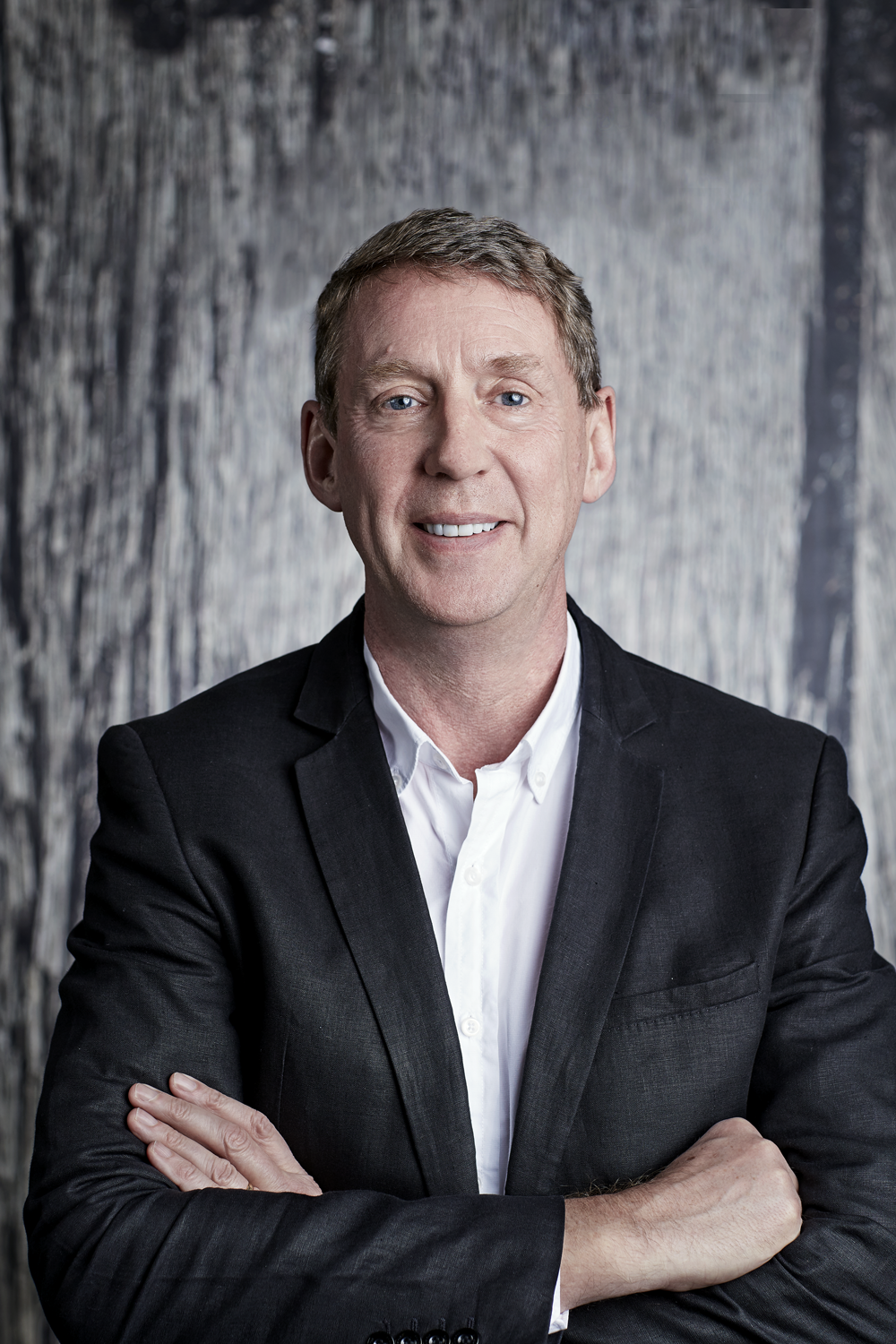The V&A Waterfront in Cape Town is now the most visited attraction in sub-Saharan Africa and a leading African tourist destination. New data released by the V&A Waterfront shows that, in 2024, it attracted 25 million visitors – three million in December alone.
What did it take to create such an icon?

The operation of a waterfront needs to be world-class. All the moving parts have to produce something that is inspiring, fresh and functional. It has to be clean, safe and secure and it has to have joyful inspiration.
So says David Green, Chief Executive Officer (CEO) of the V&A Waterfront. But, when he first took over the reins 16 years ago, it did not always function as such.
“It wasn’t clean, there were broken windows and it was not presenting as world-class,” he says. On a long sabbatical after his children graduated, Green met with recruiters because, hoping to stay in South Africa, he and his wife had fallen in love with the country on their first visit in 1996. With a background as a chartered accountant and experience in global manufacturing and operations, land development and port operations, he was appointed CEO of the V&A Waterfront in 2009.
In the glare of the 2010 World Cup spotlight, there was a “big push” to improve the offering. In the intervening years, new developments, investments and innovations have driven its growth.
Green says Cape Town is the model for international waterfronts. A few guiding principles have helped to get it there:
- It had to attract locals and connect them with the sea, Green says. The V&A Waterfront allows people to see ships from the highway – in the middle of the city – catering to the deep fascination with the workings and the romance of ships.
- It had to repurpose its buildings in a way that incorporated soul and character, which not all waterfronts and tourist attractions get right.
“The beauty of places like the Silo building, which became Zeitz MOCAA, is that, 100 years ago, it was built to be around forever so, innovatively and creatively, we had to discover how to repurpose it so that we could appreciate its character and soul.”
Massive investments
The V&A Waterfront is more than just a tourist attraction. It’s an entire economic ecosystem encompassing the port, docks, retail, eateries, hotels, function venues, water activities, museums, residential homes and an aquarium. Last year, visitors to the precinct spent R10 billion (€518 million), supporting around 28 000 direct jobs.
The Waterfront's growth plan involves a R20 billion (just over €1 billion) plan set to break ground this year to develop an additional 290 000 square metres in Granger Bay over the next 20 years.
“The number of details in running a neighbourhood to this high standard is enormous,” Green says.
Using the manufacturing ideology of continuous improvement, his team has layered on “systems, protocols and professionalism” to get the details right. These include getting the balance of food at the site’s 100 eateries right.
“If you didn’t have a master plan and a strategy, you could end up with about 50 places doing pizzas, burgers and sushi,” says Green.
Then there’s the craft and design ecosystem.
Reflections of Africa
“African art and design is on an absolute high internationally,” Green says. The V&A Waterfront has worked hard to create a mix of “inspirational and beautiful” reflections of Africa – from the vendors at its Watershed market to the artists on display at the Zeitz MOCAA and its handcrafted African Christmas decorations, which have become a major attraction.
Asked what he believes his greatest accomplishment is at the V&A Waterfront, Green doesn’t name his recent OBE from King Charles for fostering relations between the UK and South Africa (although he does say this was unexpected and welcomed). Instead, he says it’s “giving a platform to people’s innovation and creativity”.
Green believes the V&A Waterfront is a good example of a successful public-private partnership. The partnership, between the Public Investment Corporation and Growthpoint, has been in place for 12 years.
“Provided we can deliver the returns the shareholder needs, we’re allowed to innovate and create. So you’ve got a growing business that’s meeting expected financial returns but actually unlocking creativity, innovation and talent,” he says.
“On a good day, it’s the best of both worlds. It’s not purely profit-driven for shareholder returns. It’s got a social conscience, it’s diverse, it’s sustainable and it provides opportunity.”























